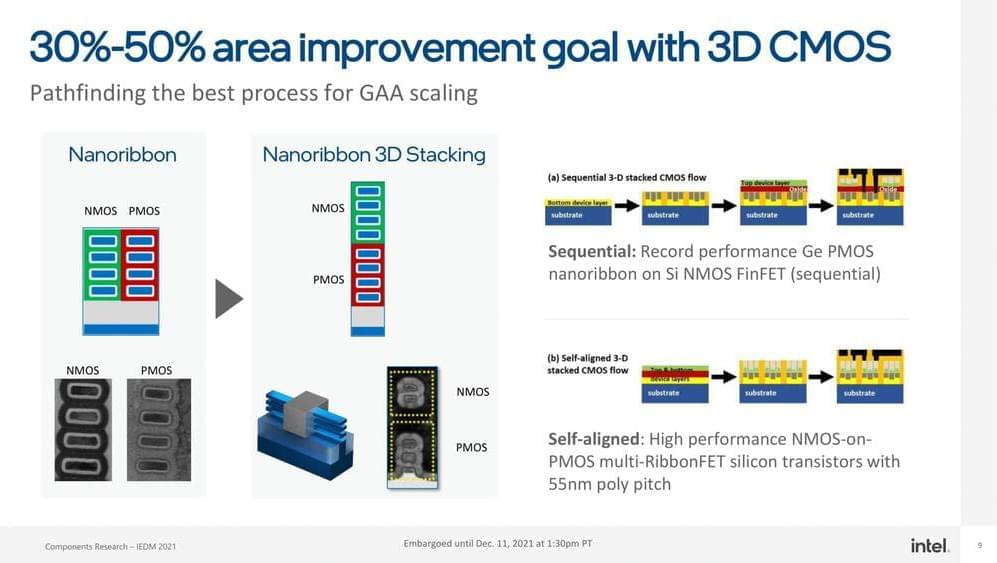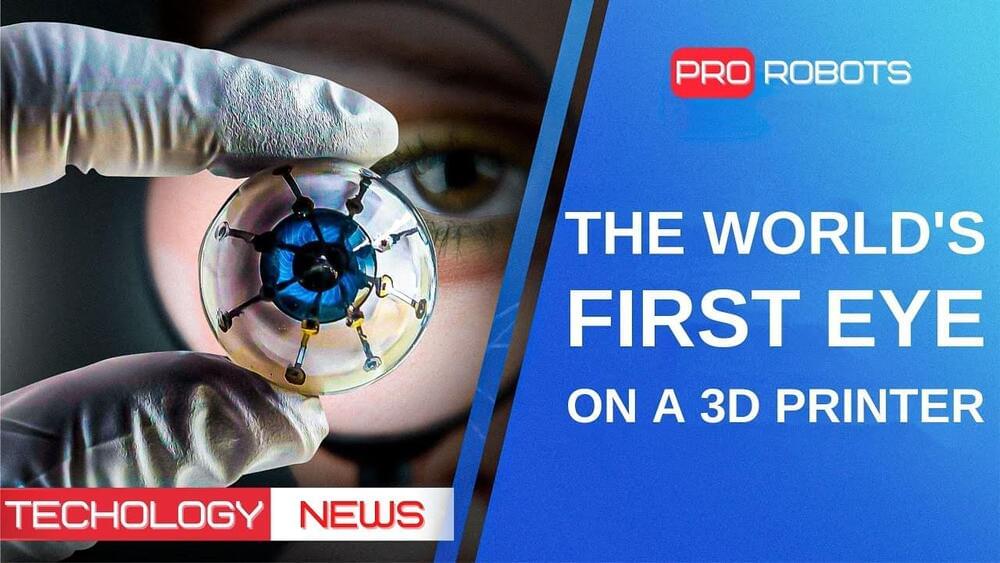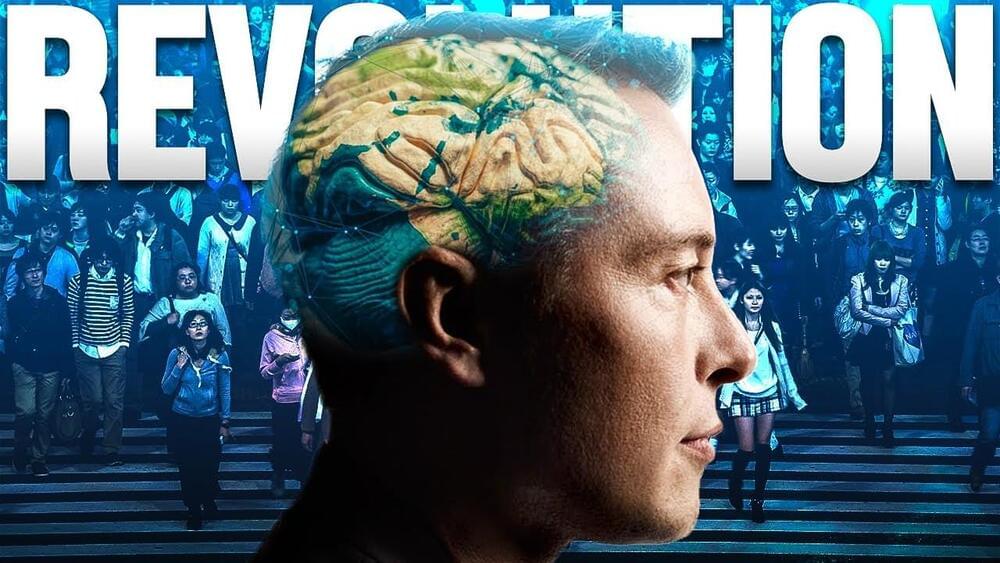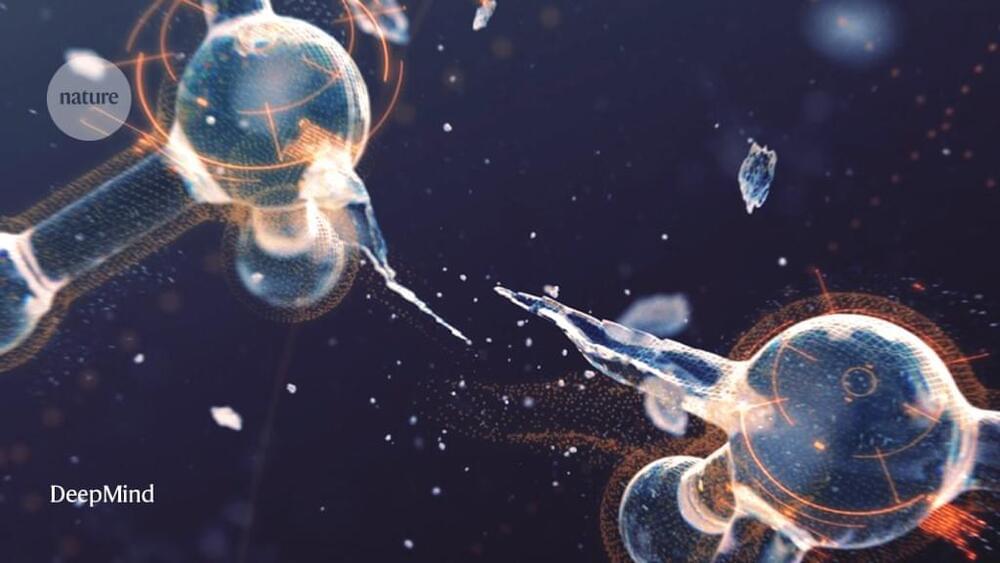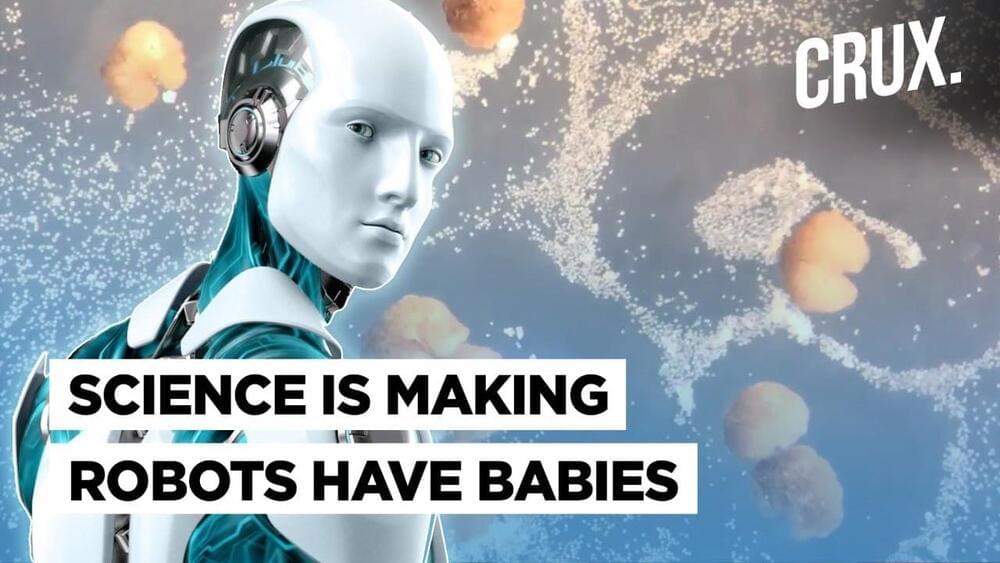What’s New: In its relentless pursuit of Moore’s Law, Intel is unveiling key packaging, transistor and quantum physics breakthroughs fundamental to advancing and accelerating computing well into the next decade. At IEEE International Electron Devices Meeting (IEDM) 2021, Intel outlined its path toward more than 10x interconnect density improvement in packaging with hybrid bonding, 30% to 50% area improvement in transistor scaling, major breakthroughs in new power and memory technologies, and new concepts in physics that may one day revolutionize computing.
“At Intel, the research and innovation necessary for advancing Moore’s Law never stops. Our Components Research Group is sharing key research breakthroughs at IEDM 2021 in bringing revolutionary process and packaging technologies to meet the insatiable demand for powerful computing that our industry and society depend on. This is the result of our best scientists’ and engineers’ tireless work. They continue to be at the forefront of innovations for continuing Moore’s Law.” –Robert Chau, Intel Senior Fellow and general manager of Components Research
Why It Matters: Moore’s Law has been tracking innovations in computing that meet the demands of every technology generation from mainframes to mobile phones. This evolution is continuing today as we move into a new era of computing with unlimited data and artificial intelligence.
